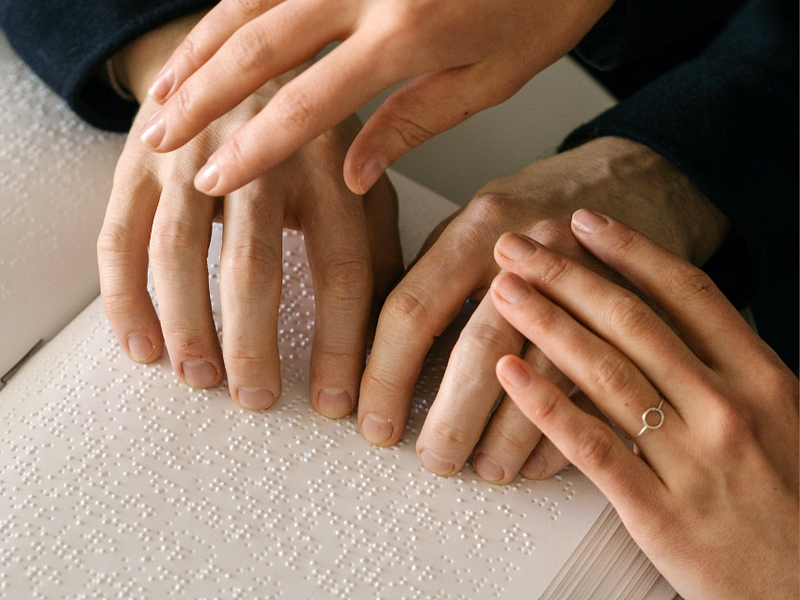The Haptics Club is an open community for #Haptics. It was founded by members of Unity, Interhaptics, Senseglove, and Nanoport. There is an event every other week with speakers from various industries and academia. This time, we talk about The Shocking History of Haptics with David Parisi!
Do you want to listen to the full podcast?

Who is David Parisi?
David Parisi is an Associate Professor of Emerging Media at the College of Charleston. He was previously at New York University for his Ph. D. in Media and Communication. And this is where his dedicated work on haptics began. In 2018, he published a book based on his research called “Archaeologies of Touch.” For him, media are an extension of the sense, and this is when he started to become interested in haptics, and thinking media were insufficiently tactile.
The 3 most crazy haptic implementation
The first no longer exists (the 1850s), but it was a frame that an experimental subject stands in, with a little bellow positioned on one side of the frame, that pushes air to the air pockets around the frame, and the experimental subject has to distinguish where there is air or not. This is basically a test of tactile attention.
The second one is from the early 1900s, is an arcade game where you grab a handle and feel the electric shock becoming stronger until you win or take your hand off the handle because the sensation is too intense. This experience proves that going back a hundred years ago, people were more used to touching electricity than we are today.
And the third one is from the 1950s. There were five vibrating motors positioned on the torso, and they were experimental prototypes used by the army to potentially replace morse code as a faster linguistic transmitting system.

How could haptics be used as a language?
The biggest challenge is not to think about what people are capable of decoding but whether they are willing to decode. Users still lack the willingness to decode haptics as a language. Moreover, the interpretative framework of your user is not necessarily going to be constant. It is all about what it will mean and for who. A good example is the use of haptics with blind people, who you would expect to be more confident with communication through touch due to the Braille writing system. In reality, they try to stick as much as possible to what they already know.

Haptics as a medium
People from media and communication start getting more interested in haptics. The Dictionary of Philosophy and Psychology (1801) describes haptics as “the doctrine of touch” and compares it to optics as the “doctrine of seeing” and to acoustics as “the doctrine of hearing.” In his book, David Parisi talks about it as the logic of analog medialization, meaning that haptic technology is inspired by the technologies of seeing and hearing and applies the same processes as for these two areas.
Touch should not be considered just one sense, but five to seven different ones, distinguishing pain, tickles, temperature, pressure, weight, vibration, etc. And they are all different ways to convey information. This comes from the fact that vibration or pain can become so intense that it would count as a separate sense from touch.
The future of haptics
According to David Parisi, it will not look that different from now. Even if mobile haptics is a big challenge right now. He sees it proceeding step by small step rather than by big steps, simply because haptics has existed for a very long time and a lot has already been done. It is time to take haptic software and hardware to another level to achieve real innovation.

Who is the Haptics Club?
The Haptics Club was founded by Manuel Sainsily from Unity, Ashley Huffman from Nanoport, Gijs den Butter and Irina Tripapina from Senseglove, and Eric Vezzoli and Sarah Alkibsy from Interhaptics.
Follow the Haptics Club on Twitter and LinkedIn to stay updated with the next events.
Who is Interhaptics?
Interhaptics is a software company specialized in haptics. Interhaptics provides hand interactions and haptic feedback development and deployment tools for virtual reality (VR), mixed reality (MR), mobile, augmented reality (AR), and console applications. Interhaptics’ mission is to enable the growth of a scalable haptics ecosystem. Interhaptics strives to deliver top-notch development tools for the VR/MR/AR, mobile, and console developer community, and the interoperability of haptics-enabled content across any haptics-enabled platform.







